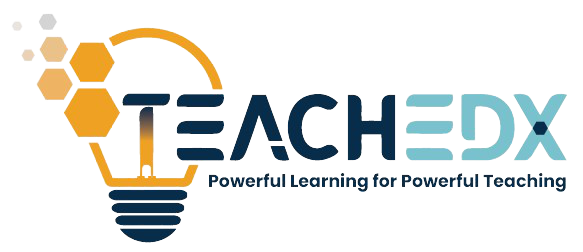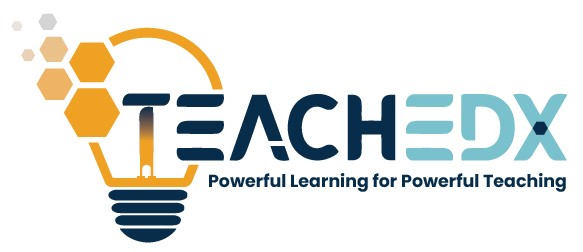Understanding Learning Progressions for Enhanced Teaching and Assessment
- Venessa Powell
- February 19, 2024
- No Comments
In the dynamic world of education, the concept of learning progressions emerges as a vital tool for educators seeking to craft coherent curriculum maps and design assessments that genuinely reflect student learning. By definition, learning progressions outline the specific sequence in which skills and knowledge are taught throughout a course or across grade levels. This approach ensures that learning builds systematically on prior knowledge, leading to deeper understanding and mastery of content.
What are Learning Progressions?
Learning progressions are detailed frameworks that map out the order in which concepts and skills should be introduced and developed in a student’s education. They provide a clear pathway from foundational knowledge to advanced understanding within a subject area, enabling educators to identify prerequisites and ensure that each new concept is taught at the appropriate time in a student’s learning journey.
Developing Learning Progressions
Creating effective learning progressions requires a thoughtful approach, involving several critical steps:
1. Establishing Learning Goals
The development begins by identifying the end goals or standards for a course or grade level. Educators need to define what students should know and be able to do by the end of the instructional period. For example, a learning goal for a primary school science class might be for students to understand the life cycle of plants.
2. Sequencing Content
Once goals are set, educators sequence the necessary sub-skills and knowledge that build towards those goals. This step involves breaking down the larger goals into smaller, more manageable learning objectives. In our science class example, this might involve first teaching students about seeds, then germination, followed by growth, pollination, and finally, seed dispersal.
3. Aligning Assessments
The next step is to align assessments with the learning progression. This ensures that students are being evaluated on the appropriate content at the right time. For the plant life cycle, teachers might use a mix of formative assessments, like observational checklists during a germination experiment, and summative assessments, like a final project on the life cycle stages.
3. Iterative Review
Learning progressions are not set in stone; they require regular review and adjustments based on student performance data and feedback. If students struggle with understanding pollination, the progression may be adapted to include more hands-on activities or visual aids to reinforce the concept.
Using Learning Progressions for Clarity and Effective Assessment
Learning progressions offer clarity for teachers by providing a clear roadmap for instruction. When teachers understand the sequence of content, they can more effectively plan their lessons and anticipate potential student misconceptions.
For example, when teaching algebra, a learning progression might start with understanding variables, move to simple equations, then to multi-step equations, and finally to applying equations to solve real-world problems. By following this progression, teachers can design lessons that build upon each other, leading to more meaningful learning experiences.
Furthermore, learning progressions enable the development of more targeted and effective assessments. Teachers can create assessments that are aligned with the specific part of the progression students are currently working through, rather than assessments that cover a broad range of content. This allows for more accurate measures of student understanding at each stage of their learning.
For instance, in a history class covering Caribbean countries’ journey to independence, a learning progression might begin with the causes of the slave rebellions, then explore major rebellions across the region, and examine the outcomes and effects. An effective assessment at the end of the unit might involve students writing an essay that synthesizes all three parts of the progression, demonstrating their understanding of how the causes led to specific battles, which in turn led to certain outcomes.
In this way, learning progressions not only guide instruction but also inform how assessments are designed, ensuring that they are meaningful and relevant to students’ current place in the learning sequence.
Practical Recommendations for Implementing Learning Progressions
- Collaboration is key. Developing learning progressions should be a collaborative effort among teachers, curriculum developers, and subject matter experts. This collaboration ensures that the progression is comprehensive and reflects a consensus on the best practices in teaching the content.
- Utilize Backward Design. Start with the end in mind. Identify the desired learning outcomes and work backwards to determine the essential knowledge and skills students need to achieve those outcomes. This approach helps in creating a logical and effective progression.
- Incorporate Differentiated Learning. Recognize that students learn at different paces and may have varying levels of background knowledge. Learning progressions should allow for some flexibility to accommodate differentiated instruction and support all learners.
- Provide Clear Milestones. Within the learning progression, clearly define benchmarks or milestones that help teachers and students track progress. For example, in a mathematics progression, a milestone might be the successful completion of a unit on fractions before moving on to decimals and percentages.
- Integrate Formative Assessments. Use formative assessments throughout the progression to gather data on student understanding, inform instruction, and make necessary adjustments. This could include quizzes, discussions, exit tickets, or journal entries that provide insight into students’ grasp of the content.
- Align Professional Development. Ensure that professional development opportunities for teachers align with the learning progression. This will help teachers feel prepared to deliver the curriculum effectively and to use the progression as a tool for planning and assessment.
- Communicate with Stakeholders. Keep parents, students, and other stakeholders informed about the learning progression. Transparency helps everyone understand the learning goals and how each stage of the progression contributes to overall student success.
Conclusion
Learning progressions are a powerful tool for bringing clarity and coherence to both teaching and assessment. By outlining the order in which content is best learned, educators can design instruction that builds on students’ prior knowledge and grows their understanding in a logical, systematic way. Assessments aligned with these progressions are more likely to accurately reflect student learning and provide valuable feedback for both teachers and learners. With thoughtful development and application, learning progressions can support educators in their mission to deliver high-quality, effective instruction that meets the needs of all students.
Other Articles You May Find Useful
Like this article?

Venessa Powell
I never wanted to become a teacher. As a matter of fact, anybody who knew me knew that I was set on becoming a graphic designer. Some would say it was by divine intervention others may call it the universe redirecting me, but circumstances led me to teachers’ college at the end of high school where I pursued secondary mathematics education.


